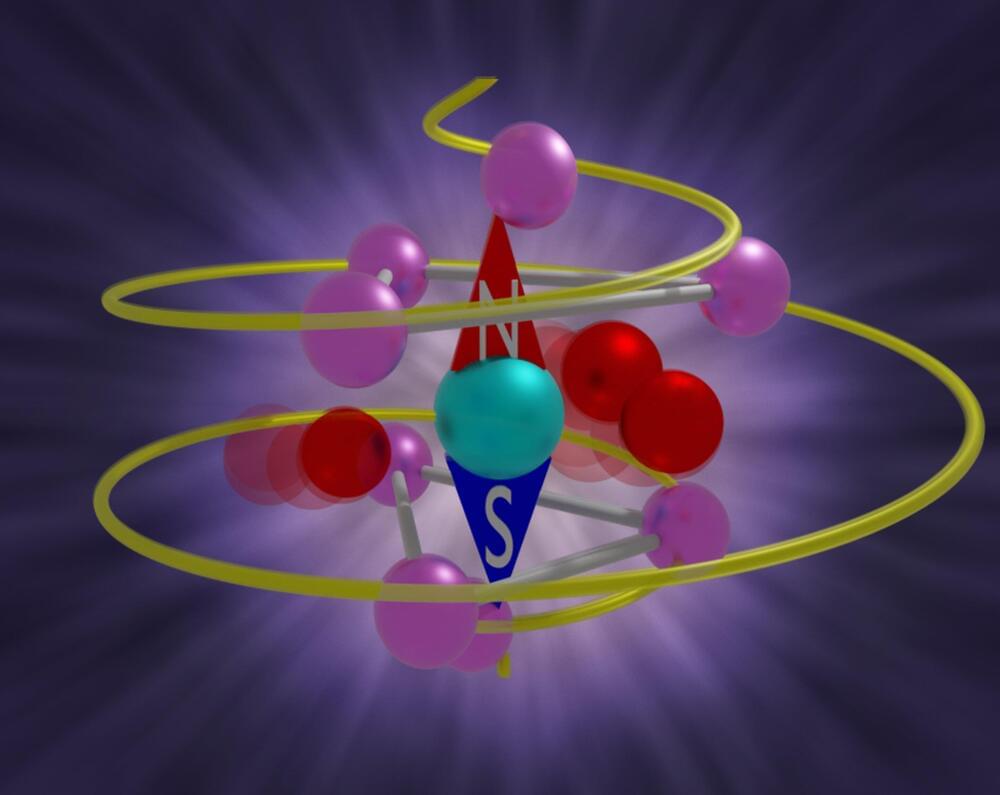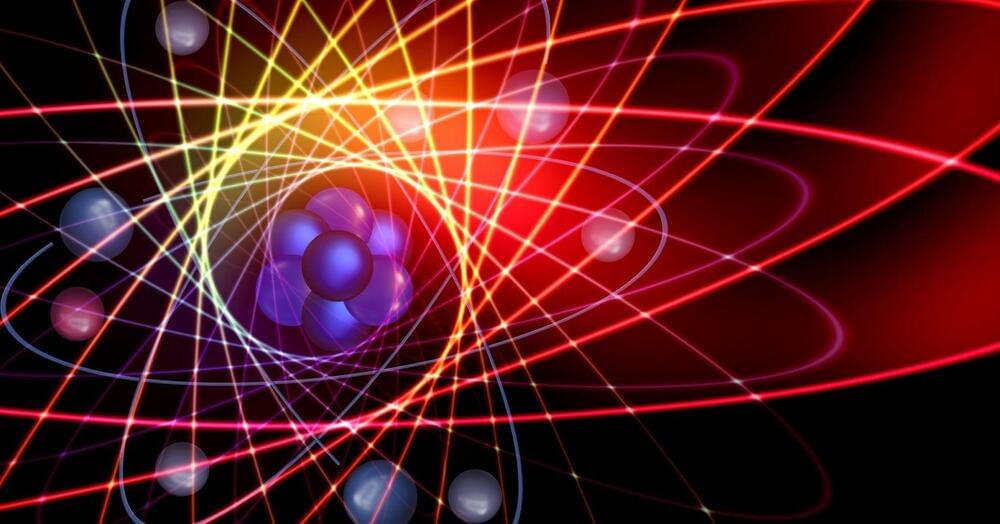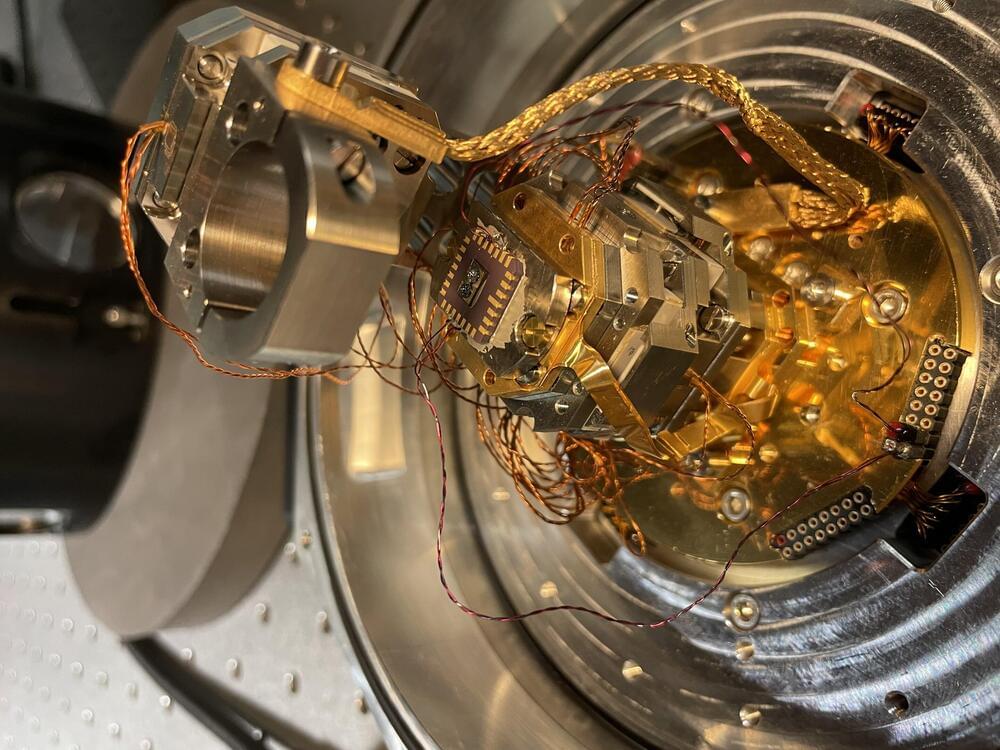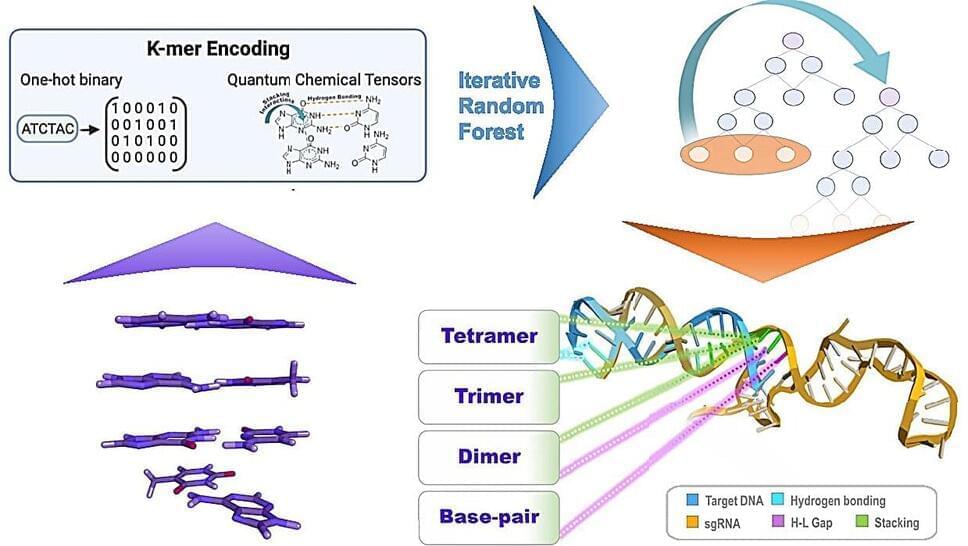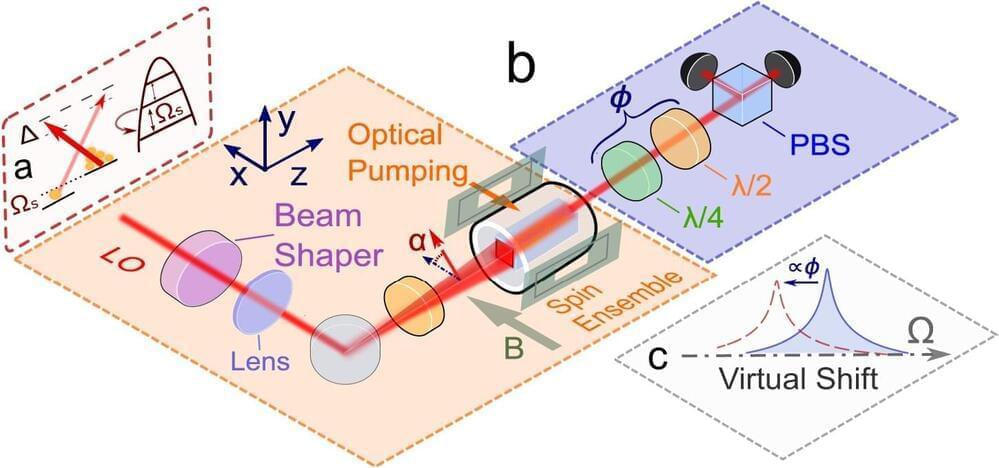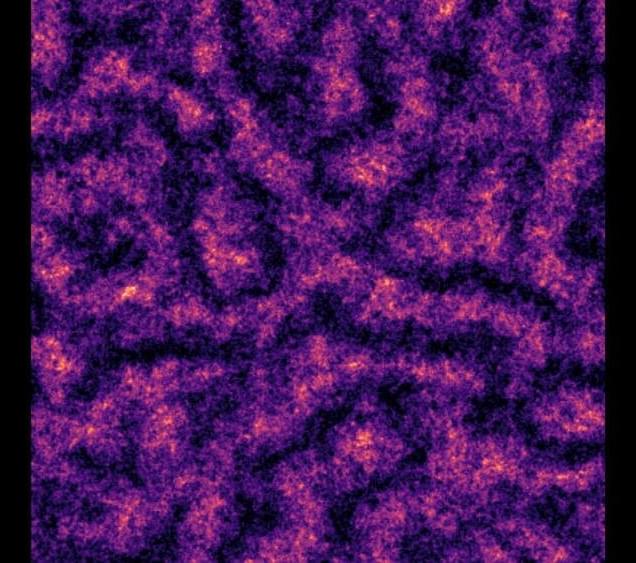Sean Carroll is a theoretical physicist who serves as a Homewood Professor of Natural Philosophy at Johns Hopkins University. Carroll strives to convey complicated physics concepts in accessible terms on his Mindscape podcast and in his popular books, including last year’s The Biggest Ideas in the Universe: Space, Time, and Motion. He joins Preet to talk about the relationship between science and philosophy, how to comprehend quantum mechanics, and whether there are billions of similar universes operating alongside our own.
Plus, Special Counsel David Weiss’s testimony in front of the House Judiciary Committee about the Hunter Biden prosecution and Trump’s reported plan to use the Department of Justice for revenge if he retakes the presidency.
Don’t miss the Insider bonus, where Preet and Carroll talk more about depictions of time travel in Hollywood films. To listen, become a member of CAFE Insider for $1 for the first month. Head to cafe.com/insider.

